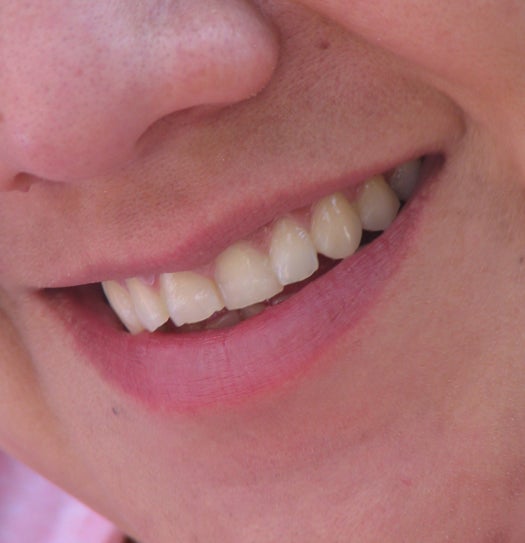Enzymatic Plaque Inhibitor Could Put an End to Cavities
Humans have invented all kinds of high-tech fixes to deal with plaque in the heart, but when it comes to...

Humans have invented all kinds of high-tech fixes to deal with plaque in the heart, but when it comes to battling tooth decay, a manual scrubbing with a bristle-brush is still our primary line of defense. But Dutch researchers may have just bested the toothbrush by characterizing and deciphering the structure of the enzyme responsible for plaque sticking to teeth. By adding an inhibitor to toothpaste or even to the food we eat, tooth decay and cavities could soon become a rarity.
Glucansucrase, the enzyme that allows bacteria to convert sugars into long, glue-like sugar chains and stick themselves to our teeth, is a close evolutionary cousin to amylase enzymes found in our saliva. And because we need amylase to break down starches, its previously been impossible to exterminate the glucansucrase in our mouths because doing so would also neutralize our amylase.
So researchers at the University of Groningen used protein crystallography to figure out the 3-D structure of glucansucrase, successfully crystallizing it for the first time. In doing so, they defined the folding mechanism of the protein, a unique function that turned out to be far different than researchers had previously imagined. Being unique, they now think it should be possible to create inhibitors that target the folding structure directly, meaning they could “turn off” glucansucrase without affecting the necessary function of amylase in our digestive tracts.
So while the toothbrush might not be going anywhere, toothpaste laced with inhibitors could do more than just scrub plaque away – it could sabotage the very means by which plaque attaches itself to enamel. Inhibitors could even be worked into sugary foods and sweets to keep plaque from forming in the first place. That’s science you can savor, especially if you have a sweet tooth.